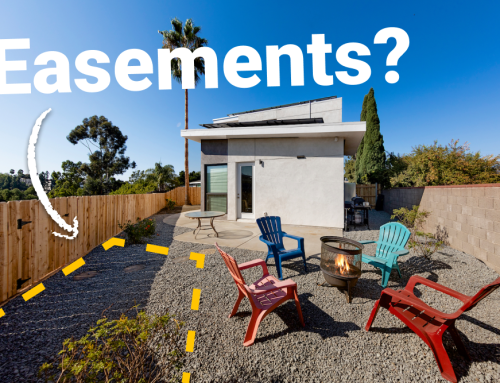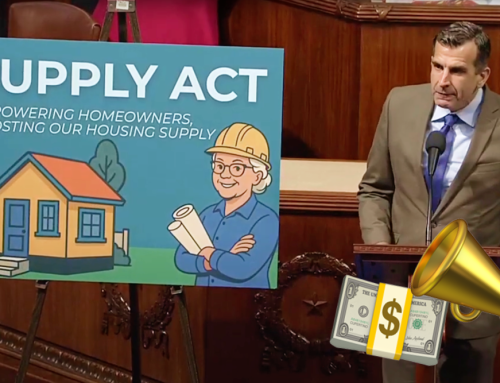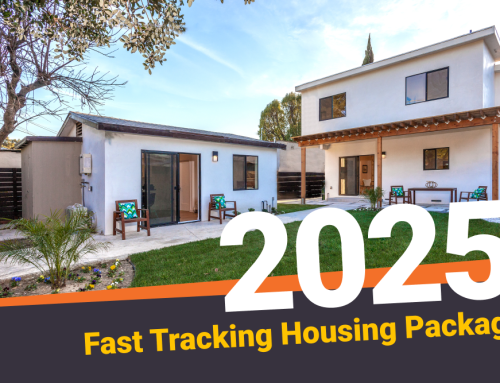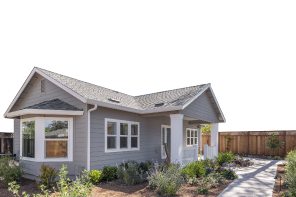Local rules and regulations can impact your dreams of building a granny flat on your property.
Since regulations vary between municipalities, they also change between neighborhoods. Here are the top three regulations that can stifle a homeowner’s decision to build a granny flat:
1. Off Street Parking Requirements
Granny flats are most needed in dense, urban neighborhoods and there’s often no room to build a granny flat AND a parking space. This regulation kills a lot of granny flat development projects.
- You may be required to provide 1, 2, or even 3 off street parking spaces.
- Parking spots are typically required to be 9×18’ or 10×20’
- Sometimes spots are required to be covered
Here’s a photo of a homeowner that was required to put in additional parking. They had to pour a concrete slab to create this driveway. This cost the owner, $4,000.

2. Owner Occupancy.
If you build an ADU you may be required to live on the property. This is the de facto granny flat law in the United States. Believe it or not, some cities have taken it even further. In Andover, Massachusetts they’ve limited the use of granny flat’s to “relatives where there is a need by reason of illness, disability, or age requiring extended care of supervision of a relative.” Then, this agreement must be renewed every 5 years. This extreme is rare, but it does exist.
- If you decide to move you’ll be forced to sell your property
- This is the #1 reason ADU’s do not get built
Austin, Los Angeles and Portland do not have this requirement.
If you’re infuriated that you don’t have the right to use your property as you wish, you’re not alone. In fact, this requirement seems nuts when you think that duplexes don’t have this same requirement, nor do triplexes or apartment buildings.

3. Exorbitant Fees.
Some cities charge impact fees. These frees, typically charged for new home development, help get your house connected to sewer lines, help pave roads to your new neighborhood, help pay for the local school system, and get your house on the grid. It makes sense to charge these fees for a brand new home because the city incurs a sizable expense. What doesn’t make a lot of sense is charging these fees twice on the same property, especially since your property tax already goes to maintaining some of the services mentioned above. Fees in some cities can exceed 30,000-50,000. When you homeowners have a budget of $150,000 paying $50,000 in fees is a non starter.
- Sewer & Water connection fees can be 20-50K
- Charging high fees is an intentional way to discourage ADU development
- “Reasonable” fees should be below 10K
Below shows a map of the most restricted regions in the country to build.

How can you find out about your neighborhood?
- Google your city’s municipal code.
- Architect’s often are well versed in the most development recent laws.
- Make an appointment with your city planner. This appointment will be free.
What can you do about this?
Public pressure is changing these regulations. Make your voice heard!
- Look for an accessory dwelling unit (ADU) advocacy group in your city. Search on Next Door.
- Write, email or call your local government and voice your opinion.
- Vote for politicians that support accessory dwelling unit (ADU) development.







